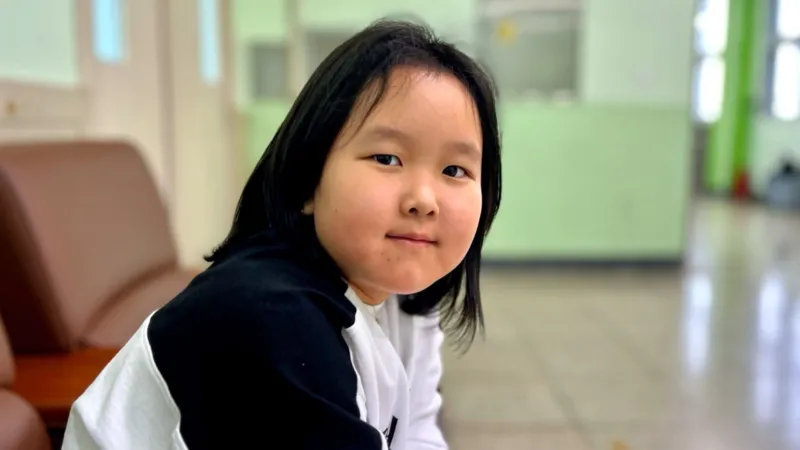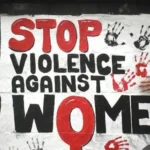However, if you scratch the surface, the distinctions are obvious.
One reason is that although the majority of the students at this Asan, an industrial city close to Seoul, are not fluent in Korean, they may appear to be of Korean descent.
“If I don’t translate into Russian for them, the other kids won’t understand any of the lessons,” explains 11-year-old Kim Yana.
Although Yana is the class’s top Korean speaker, the majority of her 22 classmates are natural Russian speakers.
At Dunpo, around 80% of students are classified as “multicultural students,” which means that either their parents are not Korean citizens or they are foreign nationals.
Although the school acknowledges that it is challenging to determine the precise nationality of these kids, the majority are thought to be Koryoins, or ethnic Koreans who generally originate from Central Asian nations.
South Korea is promoting the settlement of Koryoins and other ethnic Koreans as a potential solution to the country’s demographic crisis amid a declining birth rate and related labor shortages. However, a lack of a suitable settlement scheme and marginalization and prejudice are making it difficult for many of them to assimilate.







